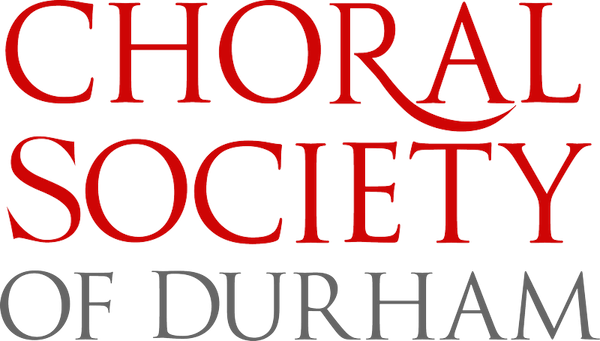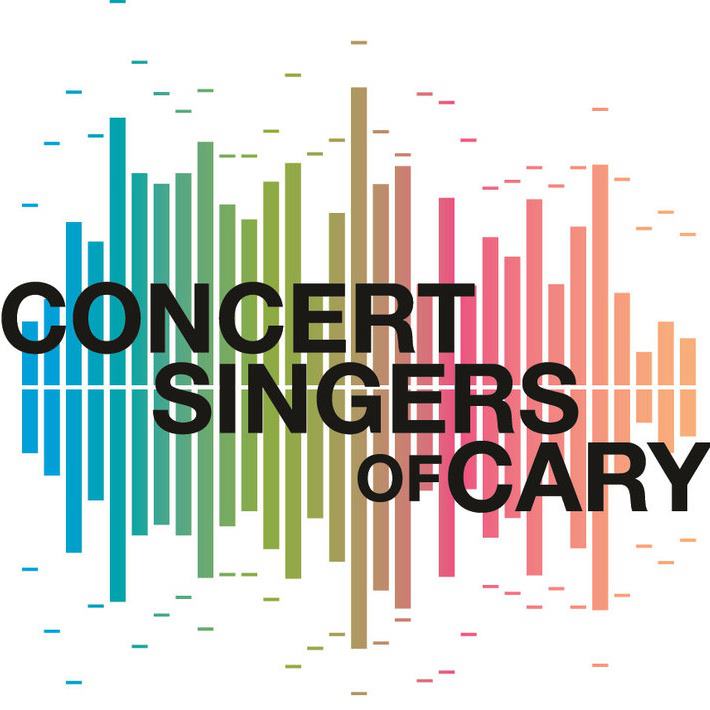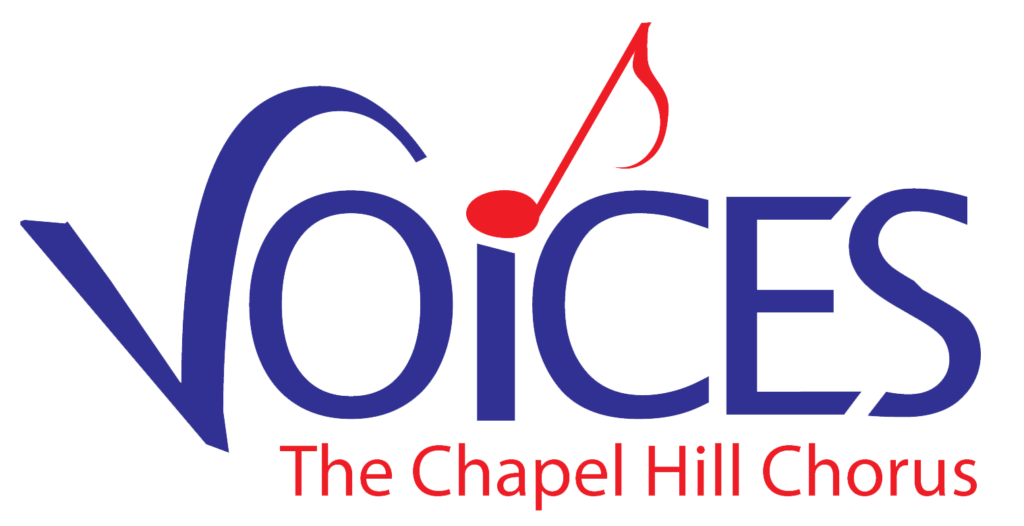William Adams, DMA
How do you properly honor the accomplishments and achievements garnered over a thirty year span without seeming self-aggrandizing? Here’s a good option: pull musical selections from concerts over that entire history of the ensemble that not only showcase the abilities of the current singers but also bring into focus the passion and the purpose that has kept the organization vital for three decades. Put them all into a single concert in front of a packed audience and then proceed to sing each piece very, very well.
Founded by Mary Lycan in 1993, Women’s Voices Chorus has been a mainstay of the Triangle ever since. In addition to Ms. Lycan, who served as Artistic Director until 2006, the choir has only had two other artistic directors. Dr. Allan Friedman served from 2007 until 2019 and the current director, Laura Sam, shepherded the ensemble through the Pandemic and brought them out on the other side even stronger. For quite a while, Women’s Voices was the only classical women’s chorus in the Triangle and it has stood as a stalwart champion of choral music written for women and especially of music written by women. Their contribution to the art form and to the landscape of choral music here in the Triangle, and abroad, simply cannot be overstated.
The beautiful sanctuary at United Church of Chapel Hill was the setting for this celebration. The acoustics are excellent; it is a resonant space that compliments a choir very well without being so reverberant as to compromise precision and rhythmic complexity. Several times, they sang from the aisles. They used smaller chamber ensembles in addition to the full chorus and they were accompanied by strings, piano, and percussion — a rich tapestry of sounds and textures.
Women’s Voices presented us with a rich and warm sound. Ms. Sam is a very accomplished choral technician and arranged the individual voices in such a way that their sounds complemented each other but did not draw attention to individual singers. Singers did not compromise their individual sound to try and blend; they sang with a full, resonant tone, sensitive to the singers around them. Vibratos were used liberally but almost never in a way that distracted or detracted from the performance. They did not stand in sections, but were mixed across the risers. Only occasionally did a voice slip through and disrupt their beautiful blend. All of this makes for a very dynamic and exciting choral sound.
The broad range of repertoire demanded great versatility. They sang with the proper richness and gravitas of the late Romantic era for Brahms’ setting of “Ave Maria” and with a light, playful, almost pop sound for “You’ve Got a Friend in Me” from Toy Story. They showed wonderful command of the various styles, although, in all fairness, they excel in the more classical genres. But not many groups attempting Brahms would also sing Ruth Huber’s “Big Dogs, Music, and Wild, Wild Women” — or be half as funny and engaging in doing so!
Too many choral ensembles focus on trying to sing harmony well and trying to “blend” their voices together. Good ensembles, and their directors, know that good choral singing starts with good unison singing. Women’s Voices showed exceptional unity in their unison singing, beautifully balanced and matched across the entire choir. Even better ensembles also know that better choral singing also requires engaged faces and engaged bodies. Women’s Voices did not do this only on the “fun” pop tunes at the end of the concert, they were engaged throughout. The best ensembles know that the pinnacle of choral singing lies in communicating with the audience. It isn’t enough to just present music into the atmosphere for the listener to chase after. The singer must tell the story and help engage the listener and invest them in that story. This is done through all of the technical elements mentioned above, but it is also done through a real understanding of the text and an intentionality in delivering that text. This is another area in which Women’s Voices impressed. Not only were all of the musical elements in place but it was clear they understood what they were saying, they were invested in the message, and they cared whether or not the listener got it, too. That’s great choral singing.
Mention must be made of the soloists and instrumentalists that were featured throughout the concert. Jennifer Canada was featured in the opening “Love is Welcome Here.” Her tone is warm and full and made an excellent opening statement for the concert. Hannah Andrews delivered her narrations for “Love is Welcome Here” with a sweet poignancy that made the mission of Women’s Voices palpable. Kinley Russell was impressive with an easy command of the difficult, agile melismata of “Ikan Kekek,” sung in Malaysian. Wendy Hua and Kinley Russell were featured in Ola Gjeilo’s “Tundra.” Their voices complimented well and Ms. Russell lightened her tone a bit for a better match with Ms. Hua, especially evident in their unison singing. Rachel Bowman-Abdi and Marsha Ferguson sang very lyrically but with excellent energy in Ariel Ramirez’ “Gloria” from the Missa Criolla. Kudos to Rah Bickley for excellent microphone work and a playful, animated, and expressive solo on “You’ve Got a Friend in Me.”
Discussion of the instrumentalists must begin with an acknowledgement of the exquisite work of Deborah Lee Hollis, the collaborative pianist for Women’s Voices. Her touch and tone at the piano are exceptional and her sensitivity to the line from the chorus leads one to think she’s singing along. Throughout the program, we were treated to excellent string work from Chloe Gude and Julia Reeves on Violin, Sarah Persing on Viola, and Debbie Davis on Cello. Of particular merit was their sound on Jocelyn Hagen’s “I Started Out Singing.” The harmonies and voicings are reminiscent of Copland and sounded like the orchestra they for which they were intended. Tim and Emily Turkington were given the unenviable task of providing percussion for a medium sized choir in a small church. They played with great sensitivity and never overbalanced but maintained the appropriate character for their instruments. Guitarist Salomé Sandoval played beautifully on the Ramirez and should also be commended on very professionally handling a recalcitrant amplifier.
What a delight it was to be witness to the culmination of thirty years of this excellent choir and to be there for the start of the next thirty.








